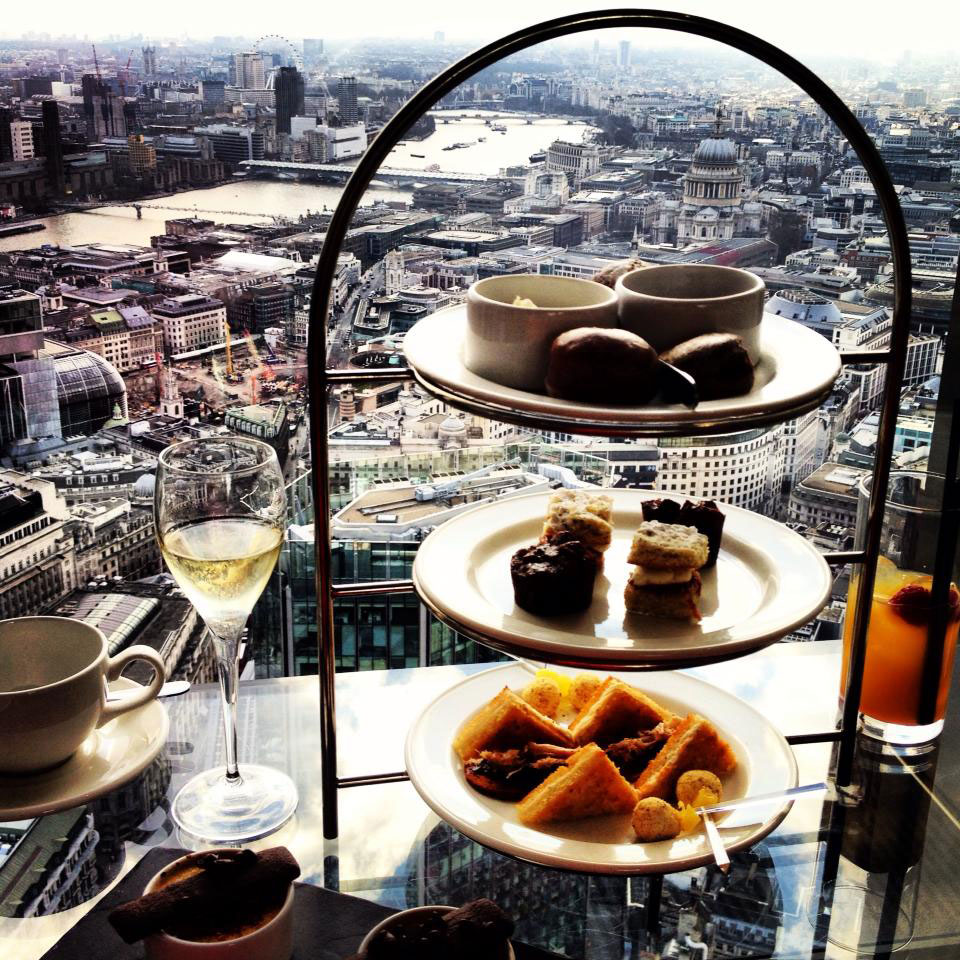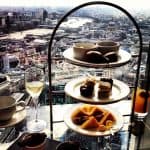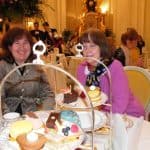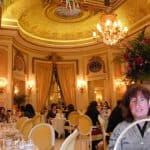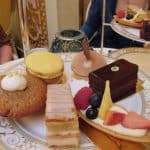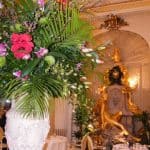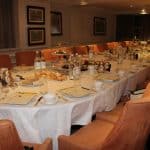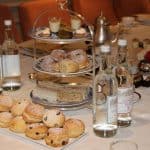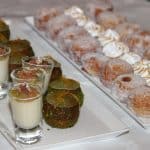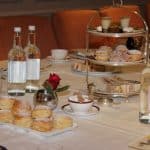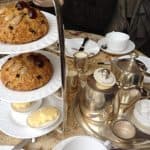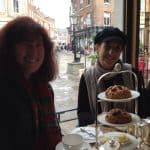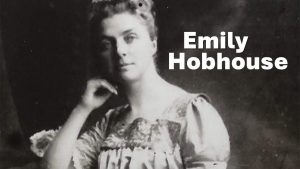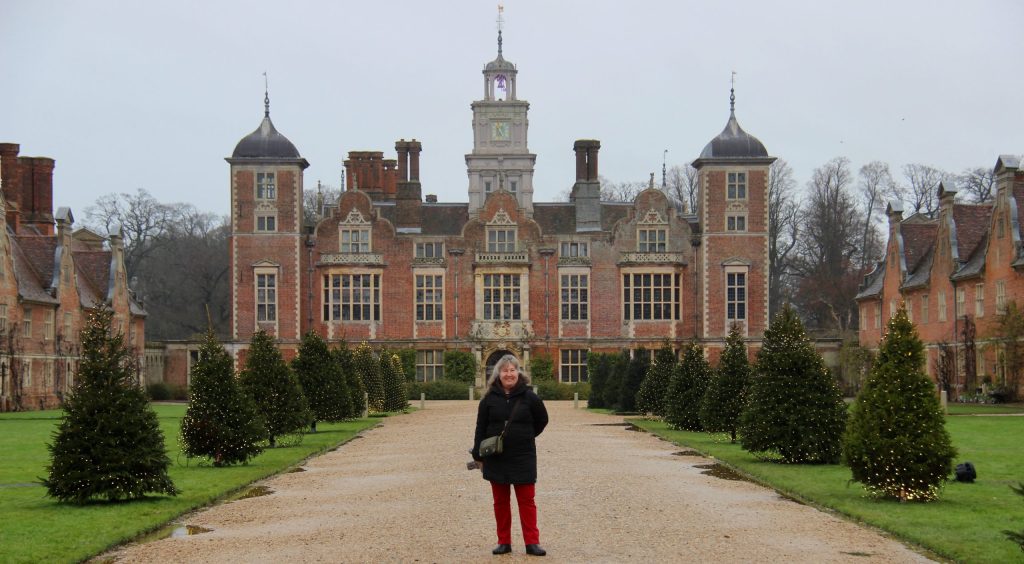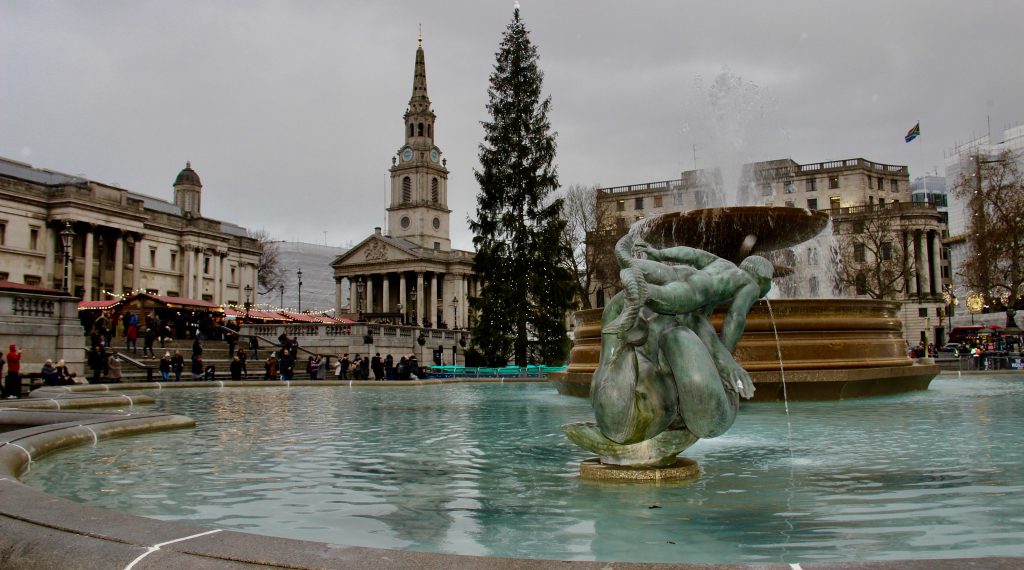Living in England, you get invited to tea and high tea and are not always sure of the meaning. It can be a birthday or even a wedding reception. It is always a special occasion to dress up for.
I attach a few photos of teas that I have attended while living in London the past eight years.
Wikipedia: https://en.wikipedia.org/wiki/Tea_(meal)
Cornish cream tea, comprising tea taken with scones, clotted cream and jam, in Boscastle
American afternoon tea finger foods
Afternoon tea is a light meal typically eaten between 4 pm and 6 pm. Observance of the custom originated amongst the wealthy classes in England in the 1840s. Anna Maria Russell, Duchess of Bedford, is widely credited as transforming afternoon tea in England into a late-afternoon meal whilst visiting Belvoir Castle, though Charles II of England’s wife Catherine of Braganza is often credited with introducing tea to the court upon her arrival in 1662. By the end of the nineteenth century, afternoon tea developed to its current form and was observed by both the upper and middle classes: “the table was laid… there were the best things with a fat pink rose on the side of each cup; hearts of lettuce, thin bread and butter, and the crisp little cakes that had been baked in readiness that morning.”
Traditionally, loose tea is brewed in a teapot and served with milk and sugar. The sugar and caffeine of the concoction provided fortification against afternoon doldrums for the working poor of 19th and early 20th century England, who had a significantly lower calorie count and more physically demanding occupation than most Westerners today. For labourers, the tea was sometimes accompanied by a small sandwich or baked snack (such as scones) that had been packed for them in the morning. For the more privileged, afternoon tea was accompanied by luxury ingredient sandwiches (customarily cucumber, egg and cress, fish paste, ham, and smoked salmon), scones (with clotted cream and jam) and usually cakes and pastries (such as Battenberg cake, fruit cake or Victoria sponge). In hotels and tea shops, food is often served on a tiered stand; there may be no sandwiches, but bread or scones with butter or margarine and optional jam or other spread, or toast, muffins or crumpets. It was the emergence of afternoon tea that saw Britain regard biscuits as something dunked in tea; a British custom that was later exported around the globe.
Nowadays, a formal afternoon tea is often taken as a treat in a hotel or tea shop.
High tea usually refers to the evening meal or dinner of the working class, typically eaten between 5 pm and 7 pm. High tea typically consists of a hot dish, followed by cakes and bread, butter and jam. Occasionally there would be cold cuts of meat, such as ham salad. The term was first used around 1825, and high is used in the sense of well-advanced (like high noon, for example) to signify that it was taken later in the day than afternoon tea; it was used predominantly by the working class and in certain British dialects of the north of England and Scotland.



